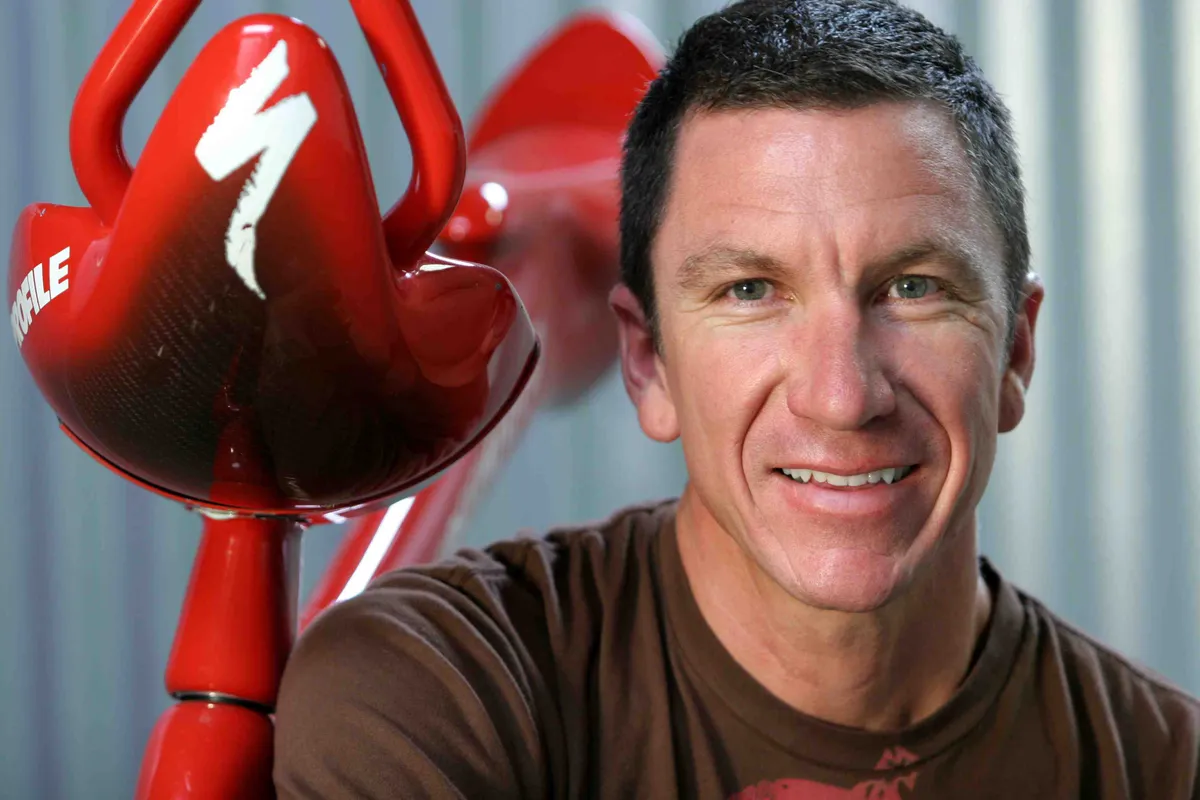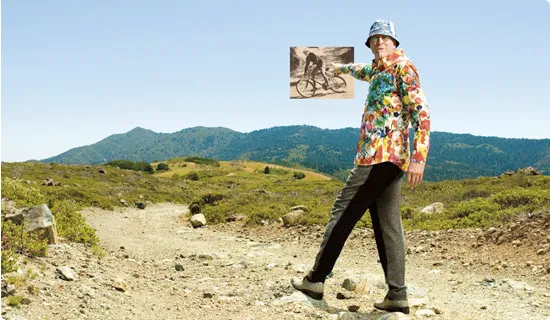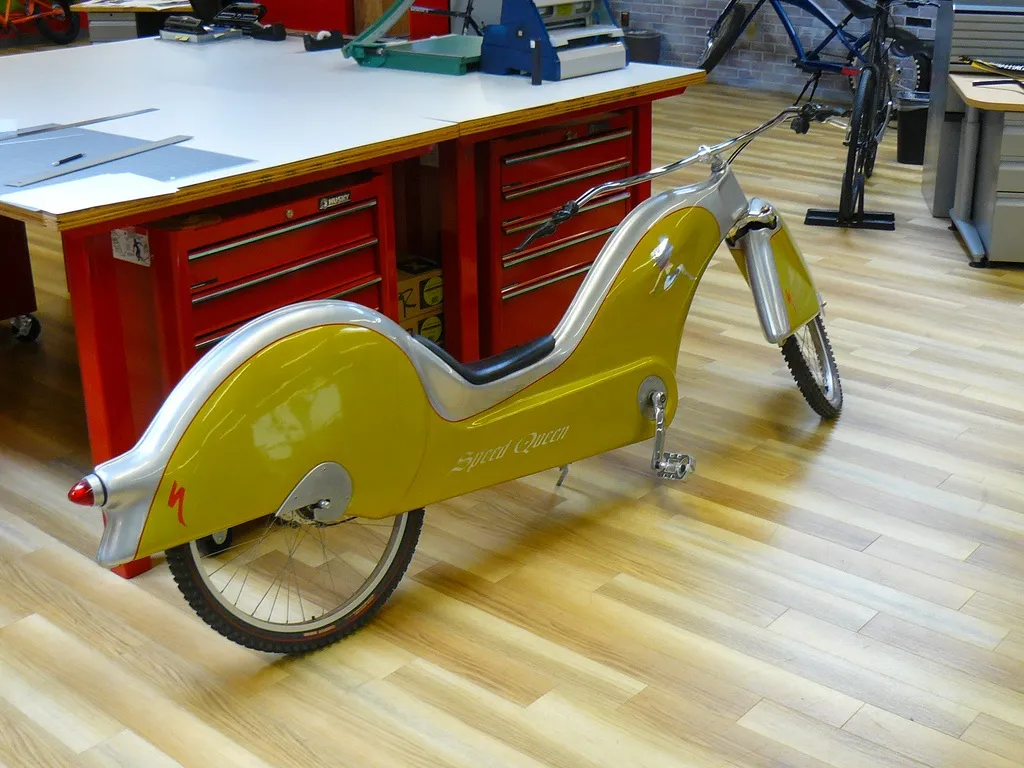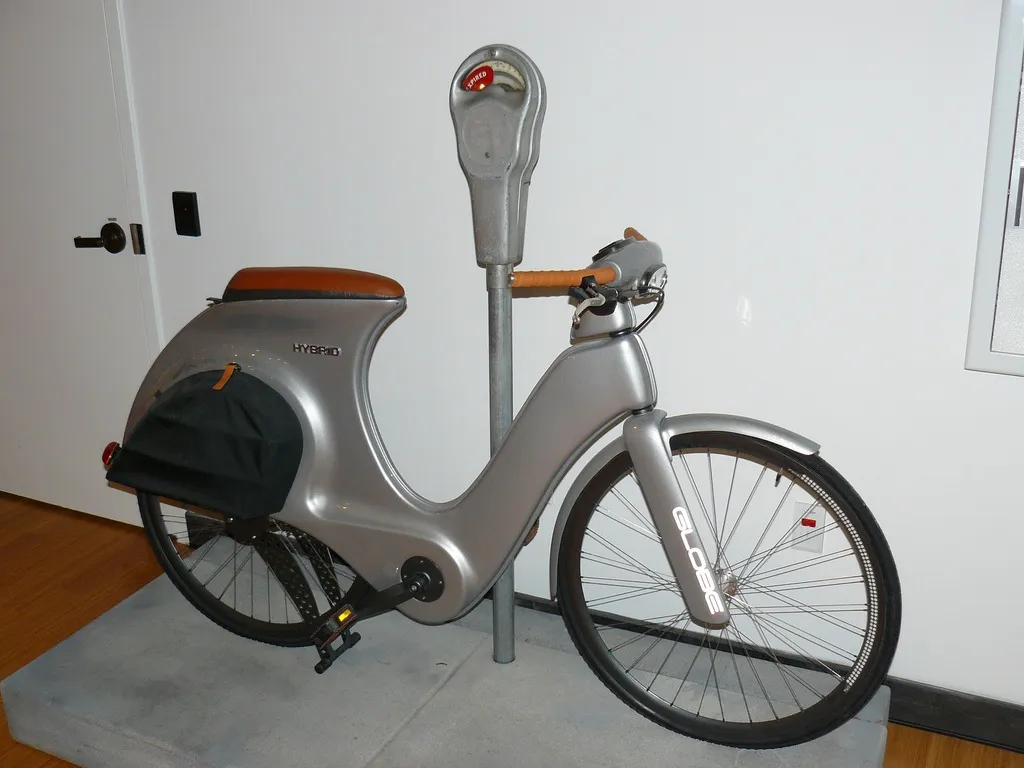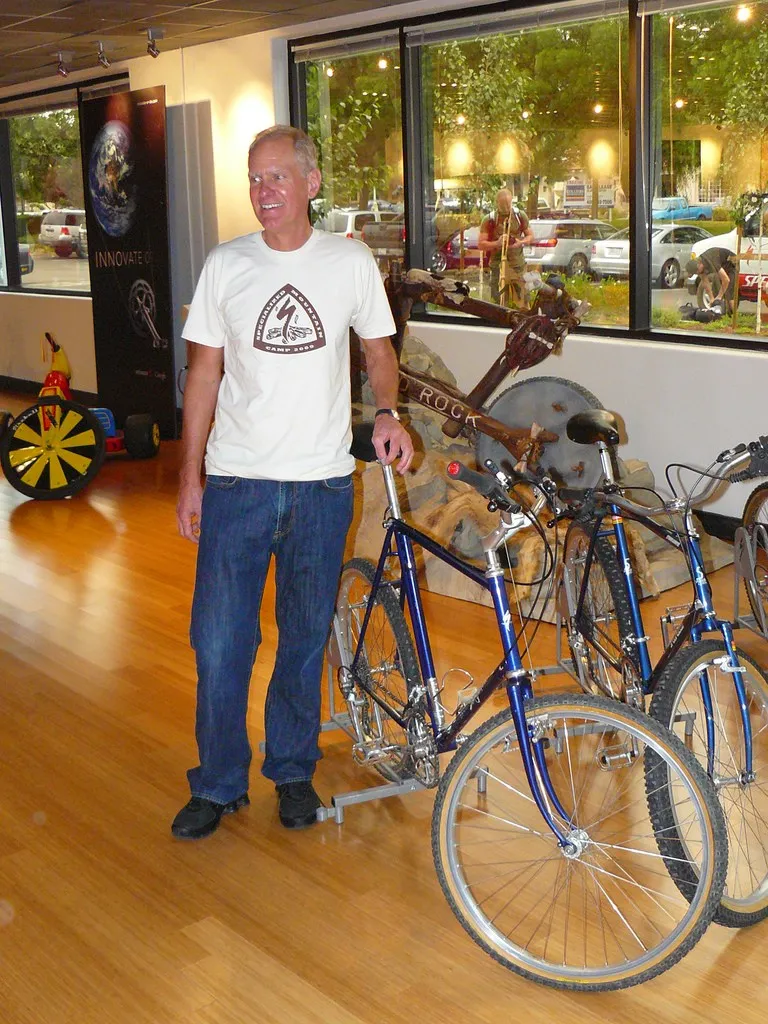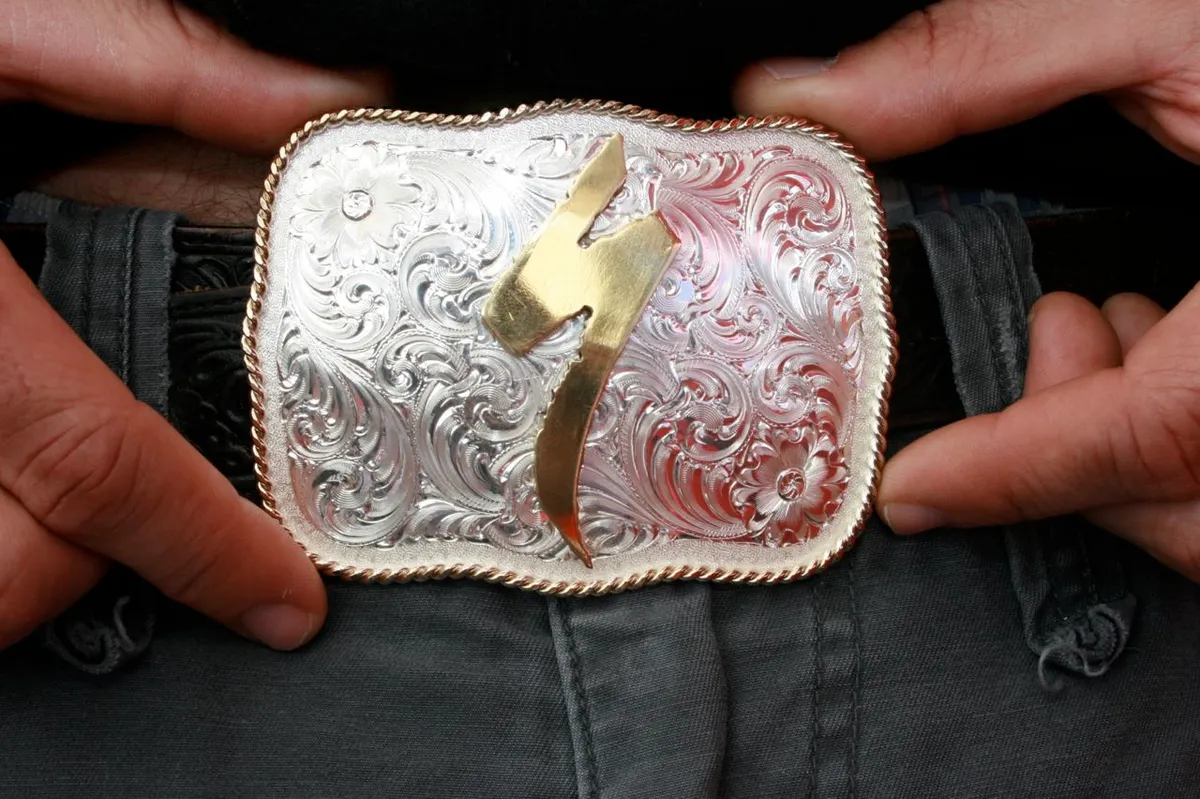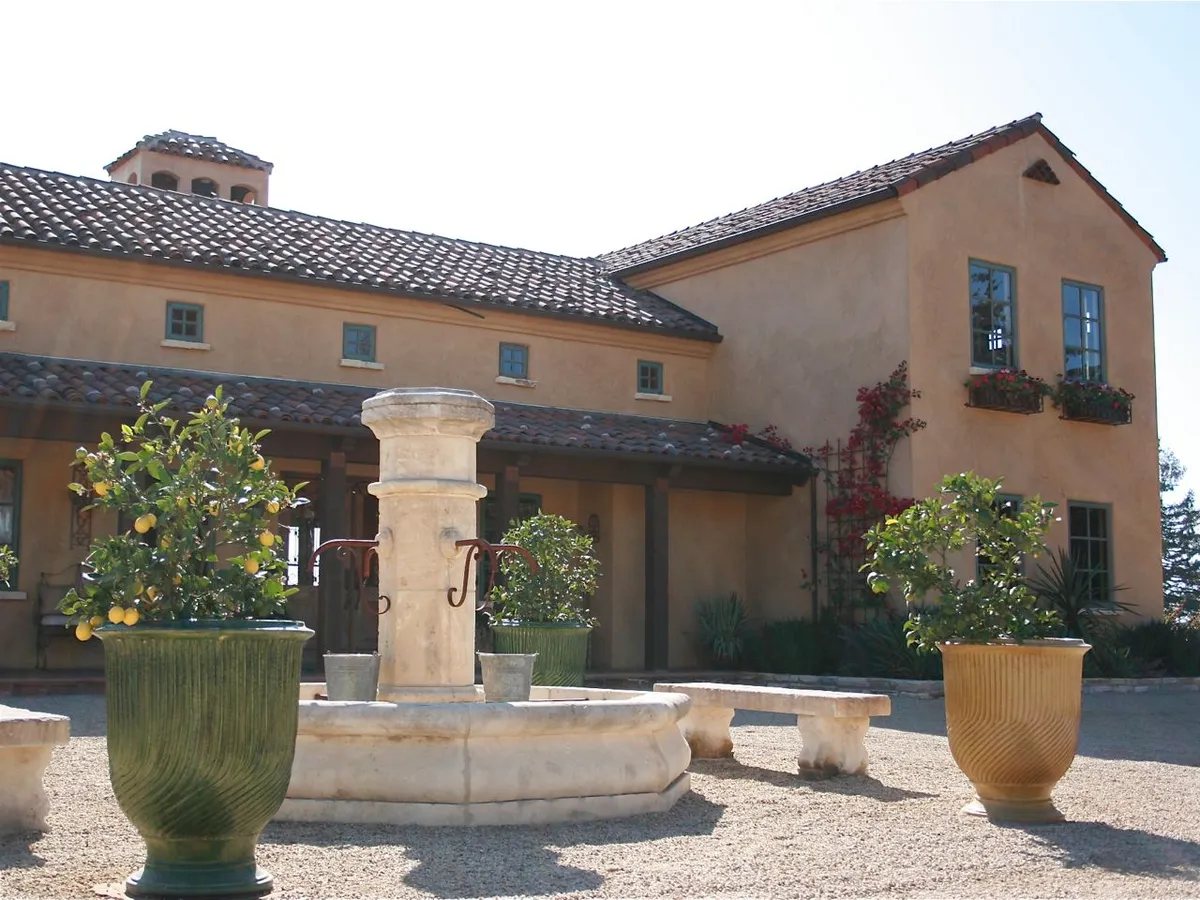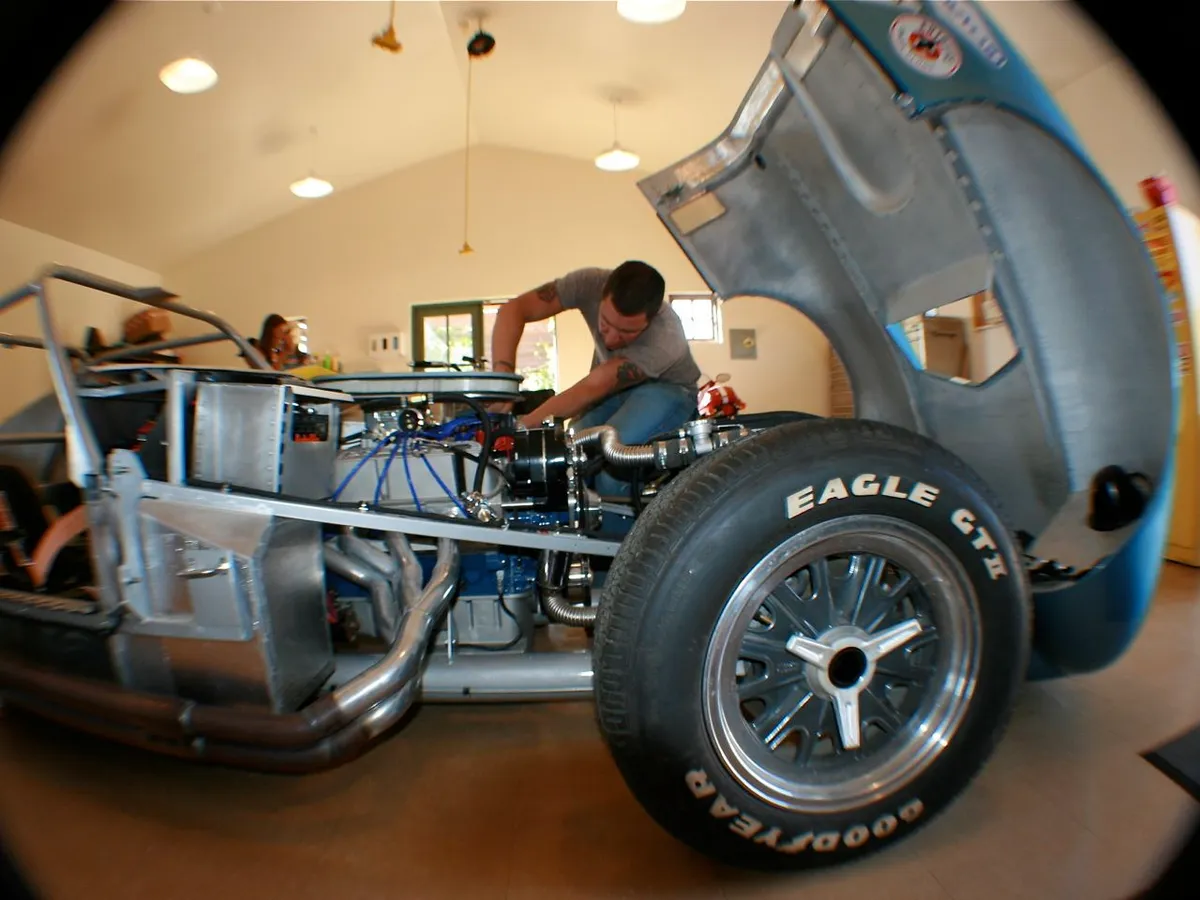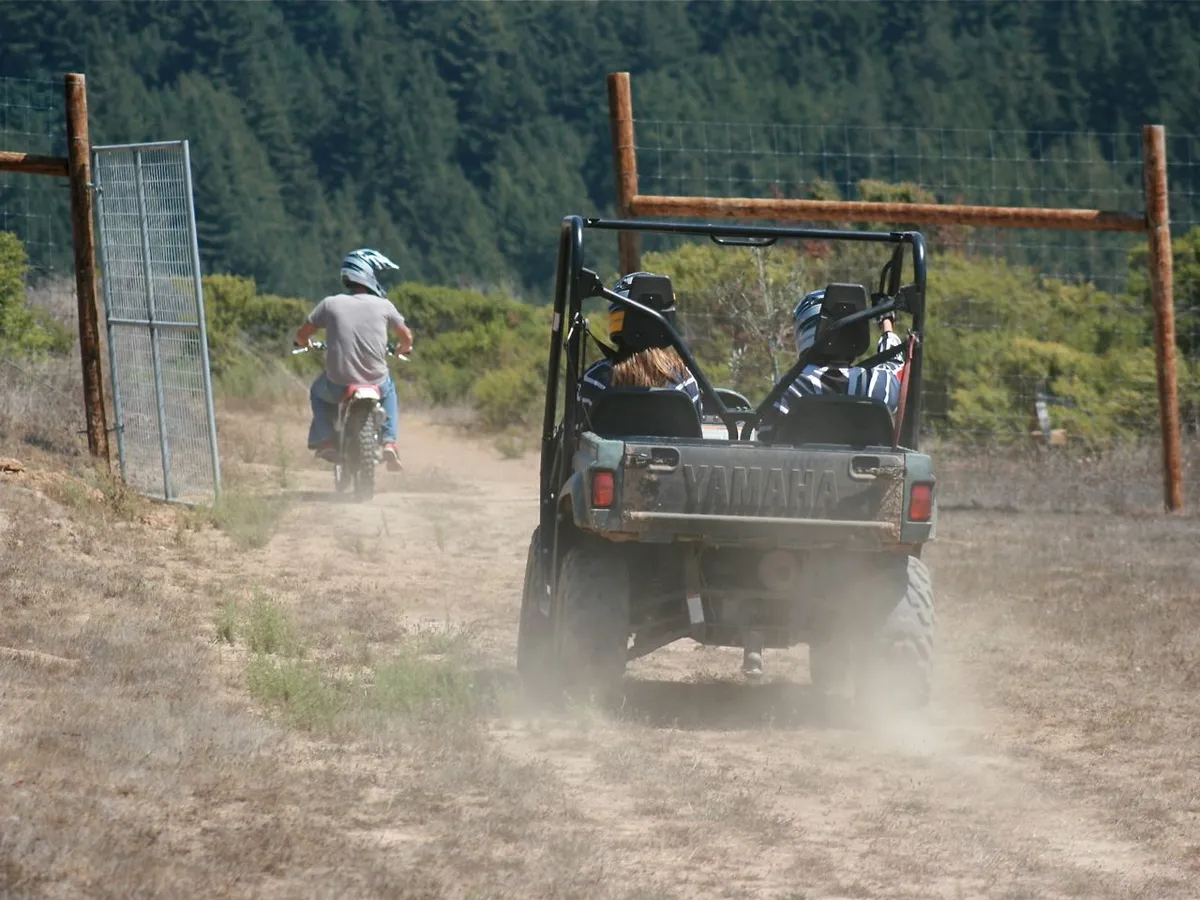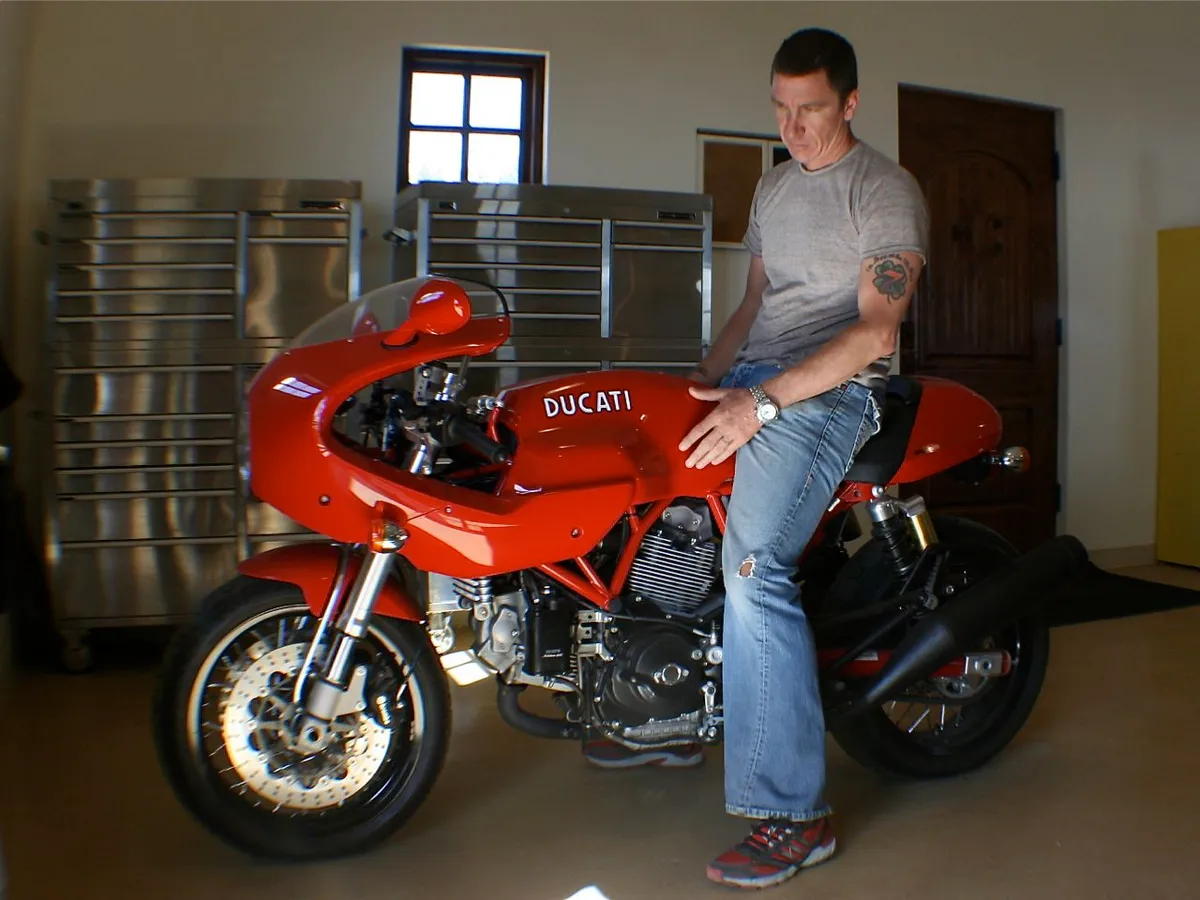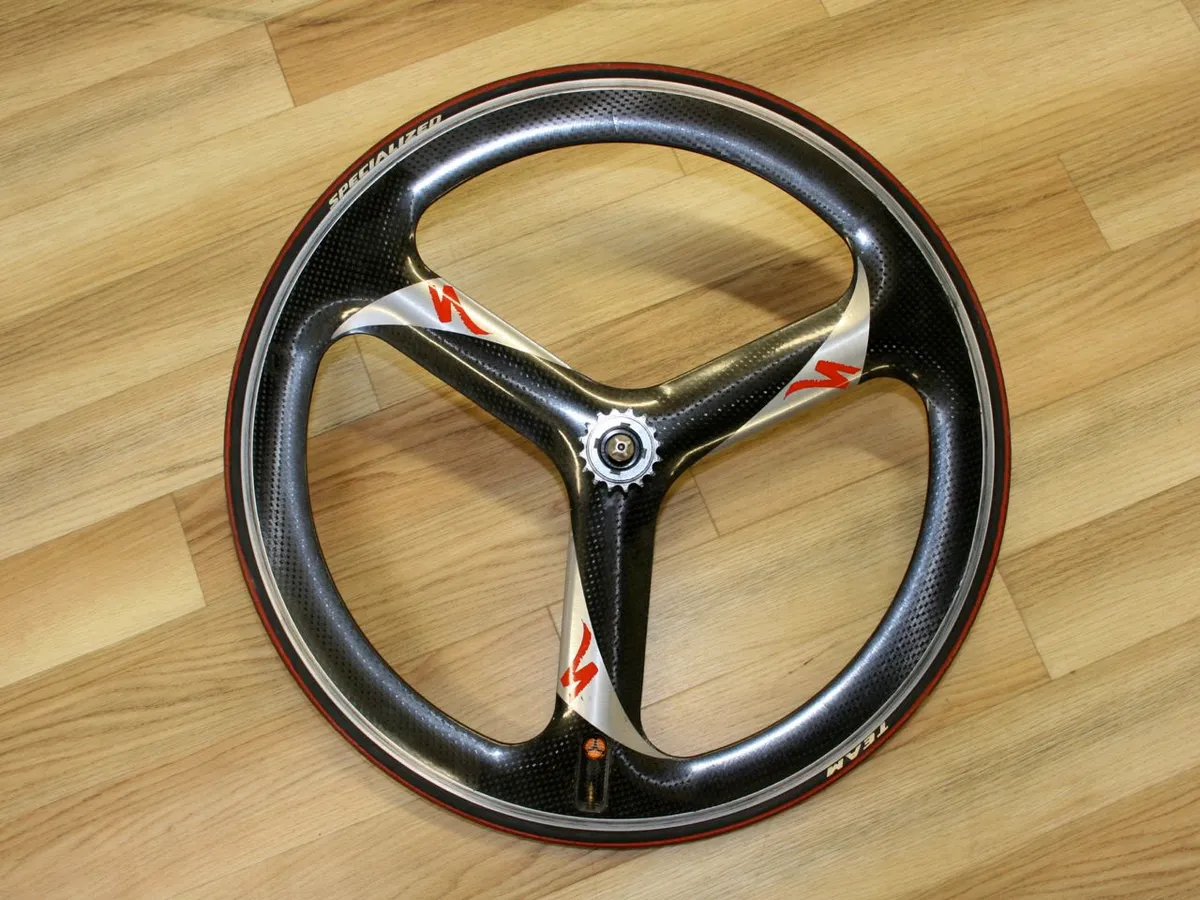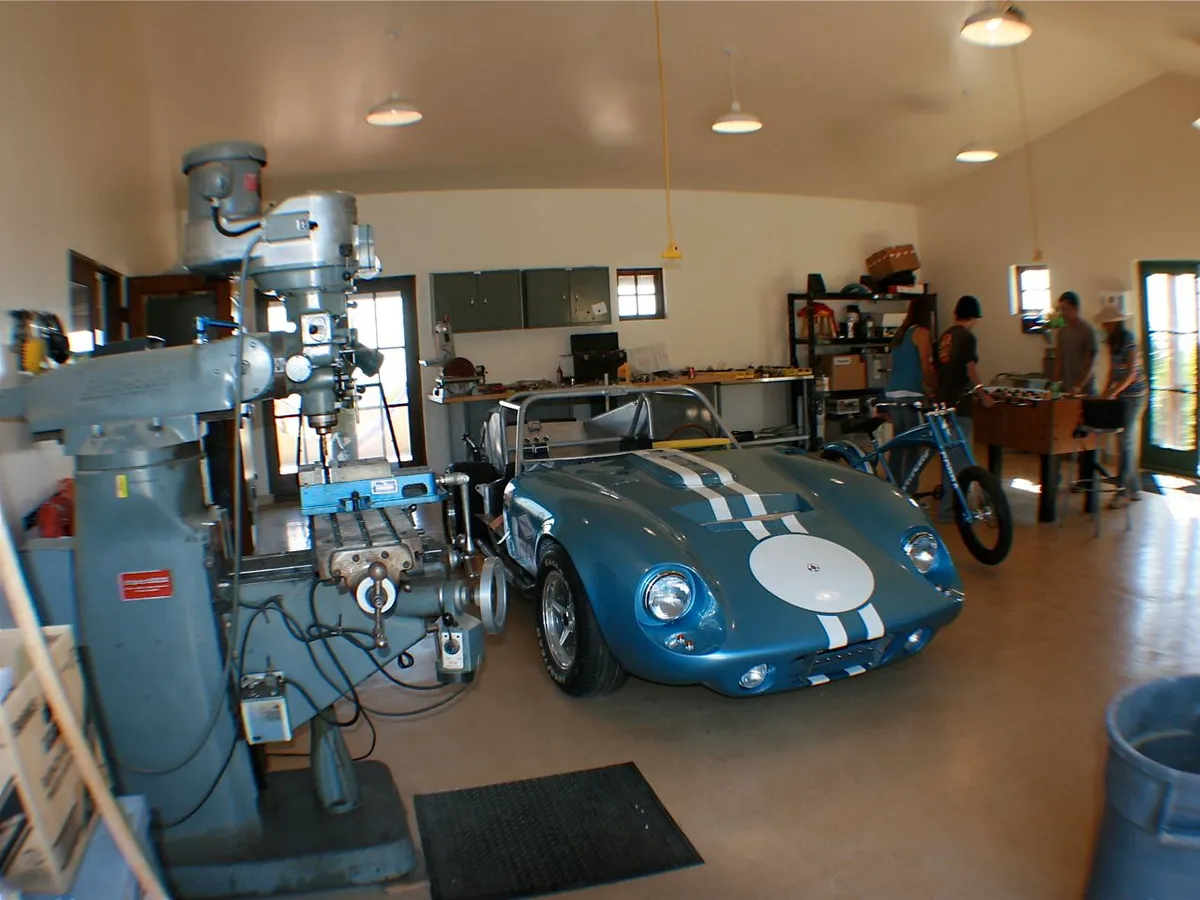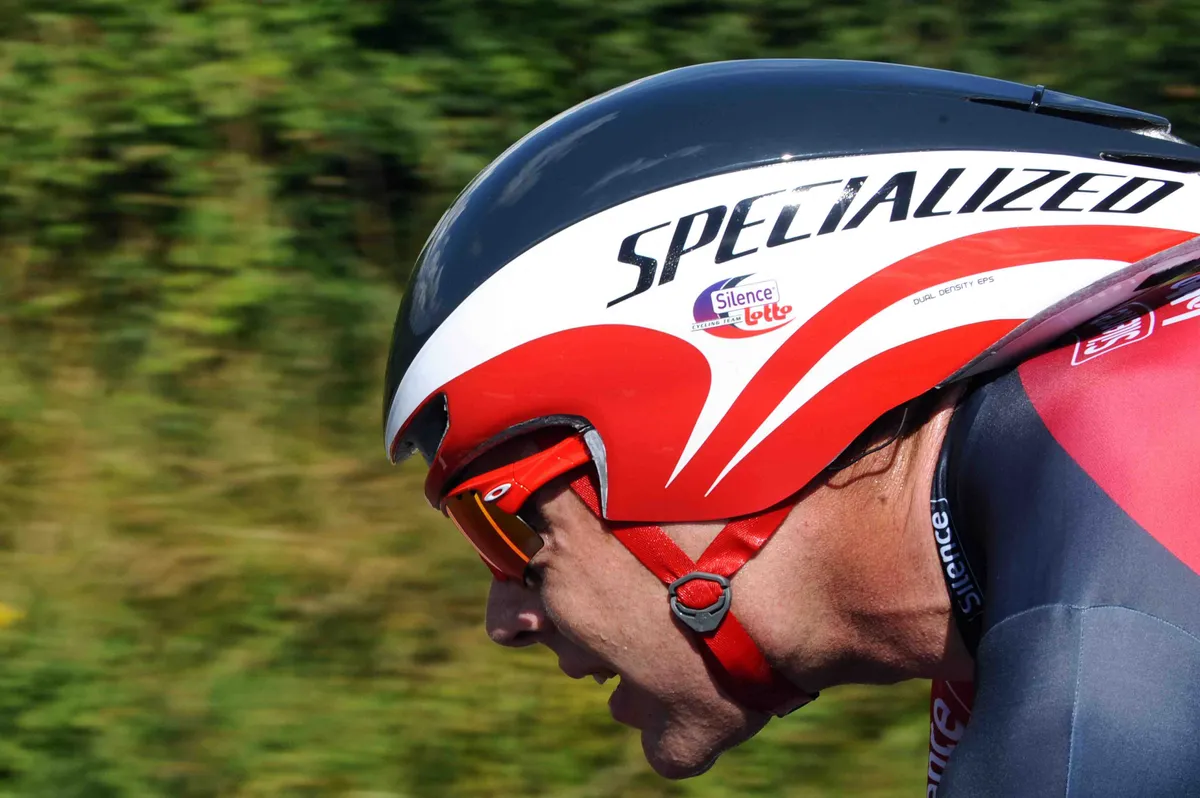For years, the mantra at Specialized has been 'Innovate or Die.' Much of what Specialized has done in its nearly 35 years in business has been to innovate in its design and functionality, and that responsibility falls squarely on the 46-year-old shoulders of chief design director Robert Egger. BikeRadar recently spent time with Egger, both in his design studio at Specialized's Morgan Hill, California headquarters and with him and his wife Sandy at their 50-acre Moto Villa in nearby Watsonville.
Egger started working for Specialized in 1987 after time spent with Blackburn Design and Trek. A competitive road racer and time triallist, the Wisconsin native realized he was better suited for the California sun, and has been making ideas into reality for Specialized founder and president Mike Sinyard ever since. From the Sub 6 helmet worn by Lance Armstrong's Motorola team, the DuPont TriSpoke wheel and the various concept bikes for the Interbike trade show, Egger has had his hand in nearly everything the Big S has cranked out. With QuickStep and Saxo Bank sponsorships, multiple world championships in nearly every racing discipline, Egger has realized a maturity of design in the industry. But as he tells it, there's no perfect design, and there's no rest at Specialized.
The youngest of 10 kids growing up on a Wisconsin farm, Egger tells us what drives Specialized, and why bicycles are his love.
BikeRadar: You've been with Specialized 21 years. What were you doing prior?
Robert Egger: Twenty-one years - that's a lot of lunch rides! I have a degree in industrial engineering from the University of Wisconsin-Stout. I've always loved bicycles. Every project I took on was bike related. Every one. One day my instructor told me 'the world doesn't revolve around bikes.' He put his arm on my shoulder and said "what are you going to do with this bike stuff? You should be working on computer cases and telephones; bikes are like toys, so you won't be getting a job working on bikes.'
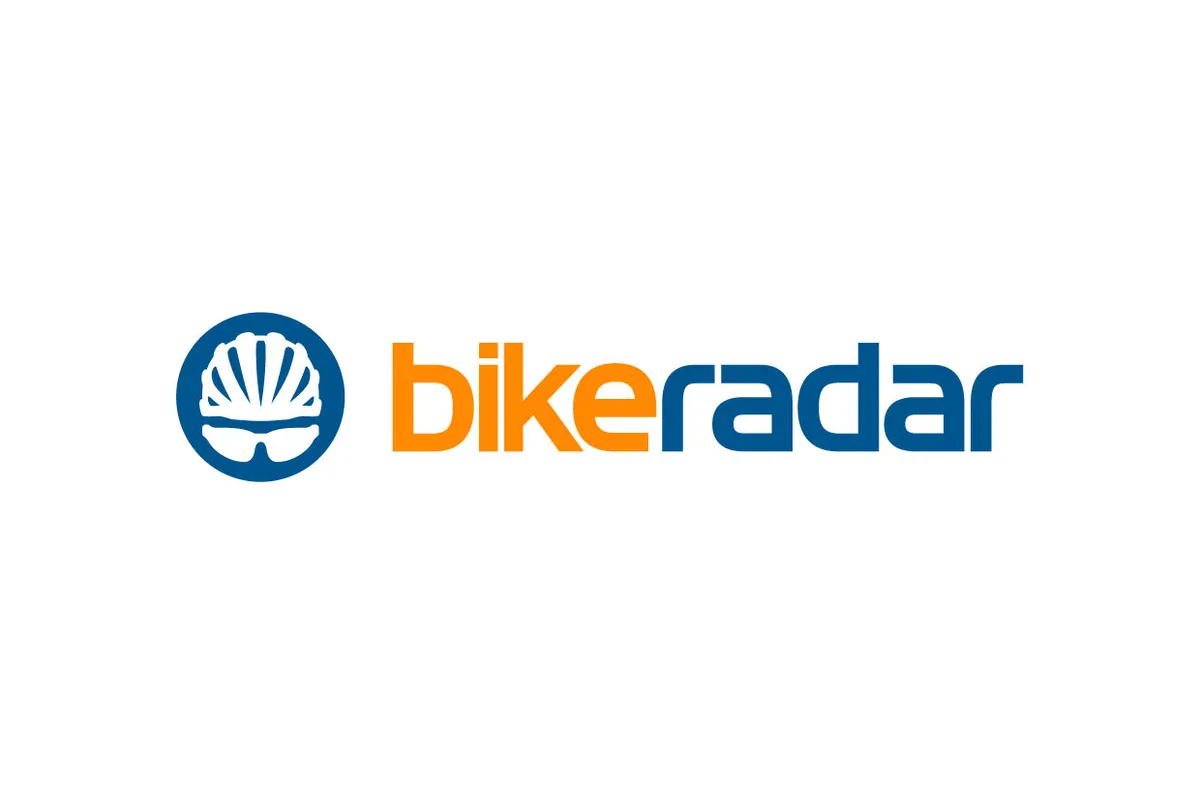
Young Robert, bicycle builder age 4
I started designing bikes when I was four years old. My dad had his old pickup truck full of various bike parts and said 'there's your bike!' He gave me an old pliers and crescent wrench; bike building has always been in my blood ever since.
When I graduated from college in 1984 I only sent out one resume, and that was to Trek, which was still a new company at the time. I had a Trek and loved it, and started working there in 1985, but I only worked there about a year. The only problem working at Trek was that I was one of the only hardcore riders in the company in Waterloo, Wisconsin. I was a full-fledged Category 1 racer, so I felt out of place there. My friend Kelly Gamble made several special time trial bikes for me and Rebecca Twigg, who won silver in the Los Angeles Olympics.
There wasn't much of a cycling culture there, although I know that's changed considerably. At Specialized every cubicle has a bike in it - even the women who came on board to work in accounting are out on group rides! It's a great time to be in the bike industry.
After Trek, I was accepted at the Olympic Training Center to train for the 1988 Olympics; I couldn't believe how political it was at the time. I didn't get much support from my family, so I decided to move on. I didn't have any money. I decided to move to California after racing there; growing up in Wisconsin meant hanging up the bike in the winter to go ice fishing! I sent my resume to a design studio in Palo Alto, Blackburn Design. I met with Jim Blackburn, and he hired me. Our first project together was the Blackburn Track Stand stationary trainer, then the work stands. He took me under his wing; I took Jim Gentes' job when he left to start Giro. He revolutionized the helmet industry with his foam concept. He showed a prototype to Mike (Sinyard, Specialized founder and president), who took it for a ride and liked it. Mike left it on his bike and his dog chewed it up, so he totally dismissed the concept at the time! Jim asked me to work with him on another Giro helmet design, but I had already started some consulting work with Specialized. I think I was one of 35 people working for Specialized in 1987; now we have 500 worldwide and 200 in Morgan Hill.
It was a fun time - companies weren't doing a whole lot of funky design back then. Everything was new. The past five or ten years have been very design driven. I see this whole buzz now with retro frame builders, the fixed-gear culture, tubular racks - almost a backwards step. It's a mix of pop culture and anarchy.
The Specialized manta is 'Innovate Or Die'; how true is that for you?
It's everything that we live for here. There's no perfect design - we're always trying to one-up ourselves every year. There's no rest here. We're the most competitive with ourselves. We're always looking for ways to make a better bike for the lunch rides, or for weekend rides at Demo. We always use the phrase, in meetings and other sessions.

The secret design lair at Specialized in Morgan Hill, California
We've had our learning periods. We got out of our line of expertise for awhile, but we've refocused on what we do best. We don't do electric bikes or motorcycles.
There was that period in the mid 1990s when some bike companies were going public, which compromised things.
Specialized is unique. There's no other bike company where the founder is out riding his bike 200 miles on the weekend. Myself and others here get emails from Mike all hours of the day - he's certainly obsessed with Specialized. Mike's number one objective in life is Specialized.
There's a handful of people that have worked at Specialized 20-plus years. That's real dedication.
What mistakes have you made the past 21 years?
I've made my share. We were slow in getting into the suspension scene. We were big into tyres early, but we weren't on top of pushing the envelope with suspension. My biggest mistake was getting too conservative in how I dressed, letting Gary Fisher get the best of me! (laughs)
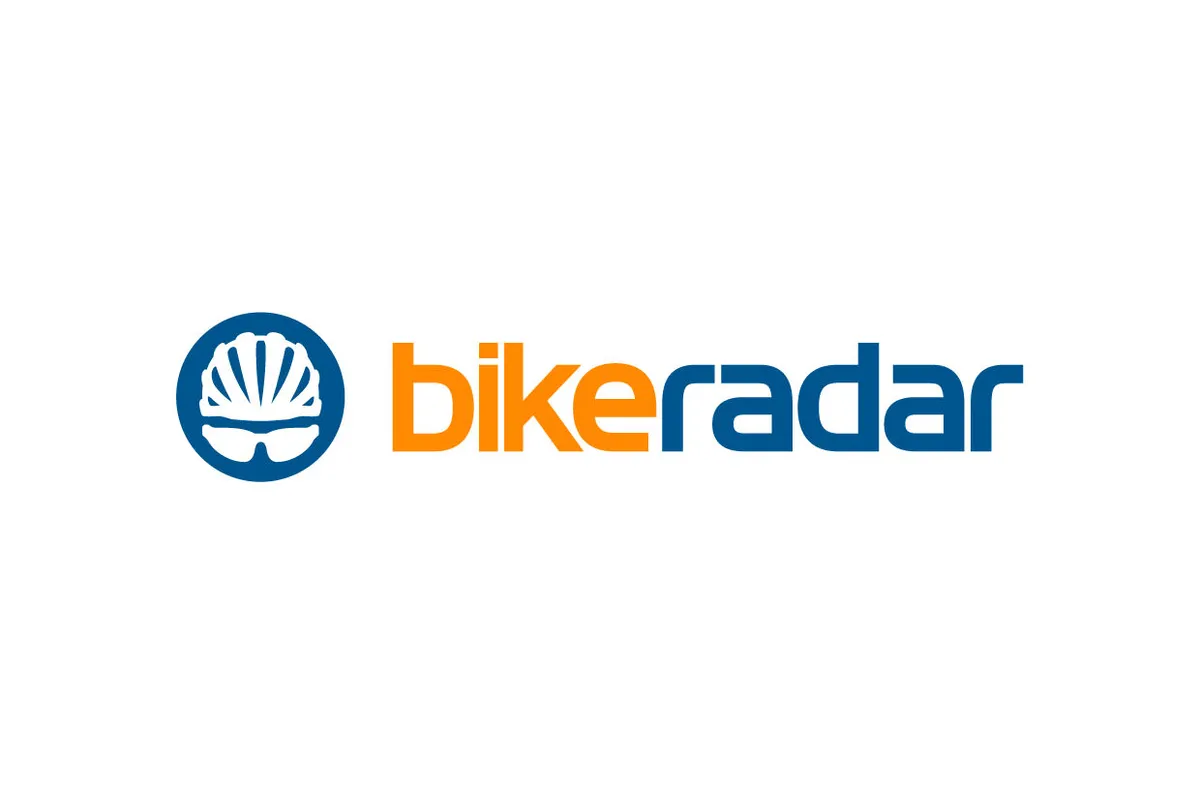
The tragically hip Gary Fisher
What, you dressed like Huggy Bear from Starsky & Hutch, or what?
Oh yeah! But Gary has passed me without looking back. I admire his style. Jim Blackburn would just shake his head at the clothes I wore when I worked for him.
What have been your biggest triumphs?
Bringing an appreciation of design to the company. It's what made us unique, and it took years to cultivate even at Specialized. Not only do our products have to work right, they have to look beautiful. I like adding soul to this company, and we have a dedicated stuff to do it.
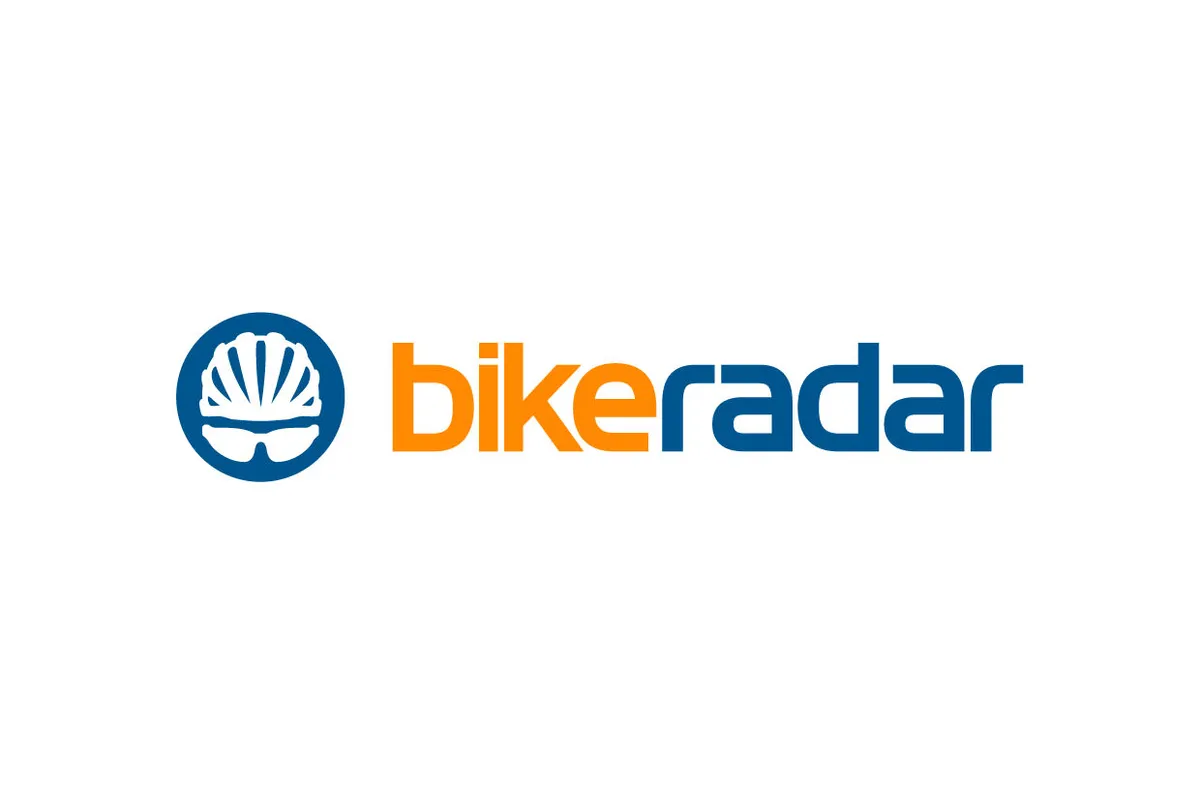
By default, it's easier for a California company like Specialized to have that influence because of our surf, motorcycle and car cultures. San Francisco, Los Angeles, it's all here.
Where do you get more riding pleasure, on the road or in the dirt and why?
I've always been a roadie, because I can just roll out the door and go. Cycling is just one of my passions. I love to build stuff, I love architecture, work on cars, ride motorcycles on my property. I have so many irons in the fire. My time on the bicycle is fast and furious. I'm really competitive, so the lunch ride is my hour of power. It's perfect - every day is a different scenario. I love mountain biking. The excitement of getting on a motorcycle is more fun, actually! I like things that are easy, and hopping on a motorcycle is a lot easier right now when I'm not on the road bike.
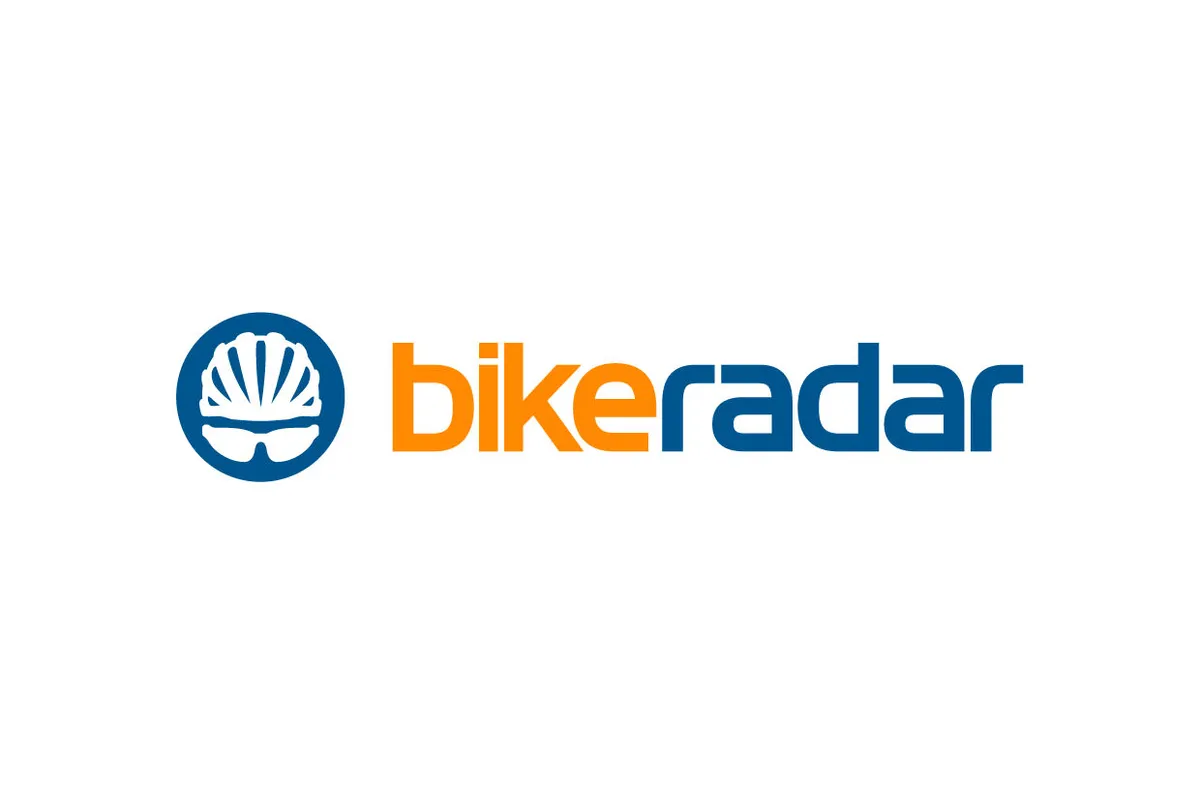
Egger's other true love and inspiration - motorcycles
I loved racing criteriums and time trials; I was Wisconsin state time trial champion a couple times, and raced with another Wisconsinite, Bob Mionske, who competed at the 1988 and 1992 Summer Olympics. He's now a lawyer in Portland. When I first met him he was riding a custom bike built by Mike Appel. He came from a skiing background - crazy, no fear. He didn't know jack about bikes, though. One time we were riding and he didn't realize the gooey stuff on his wheels was from the tubular glue. Another time he complained about his brakes making too much noise; I checked out his calipers and he had worn the pads down to the metal! He was crazy; physically not the strongest, but mentally, the toughest guy I've seen on a bike.
What's a typical day like for you at Specialized?
I get here about 7:30 a.m., and spend time putting out fires. We're the hub of all design at Specialized. I also work closely with Chris D'Lusio in the advanced concepts group. The bulk of the day is working on design - I get too fidgety in meetings, so I avoid them whenever possible! I doodle because I'm more hands-on. I like doing versus talking about things.
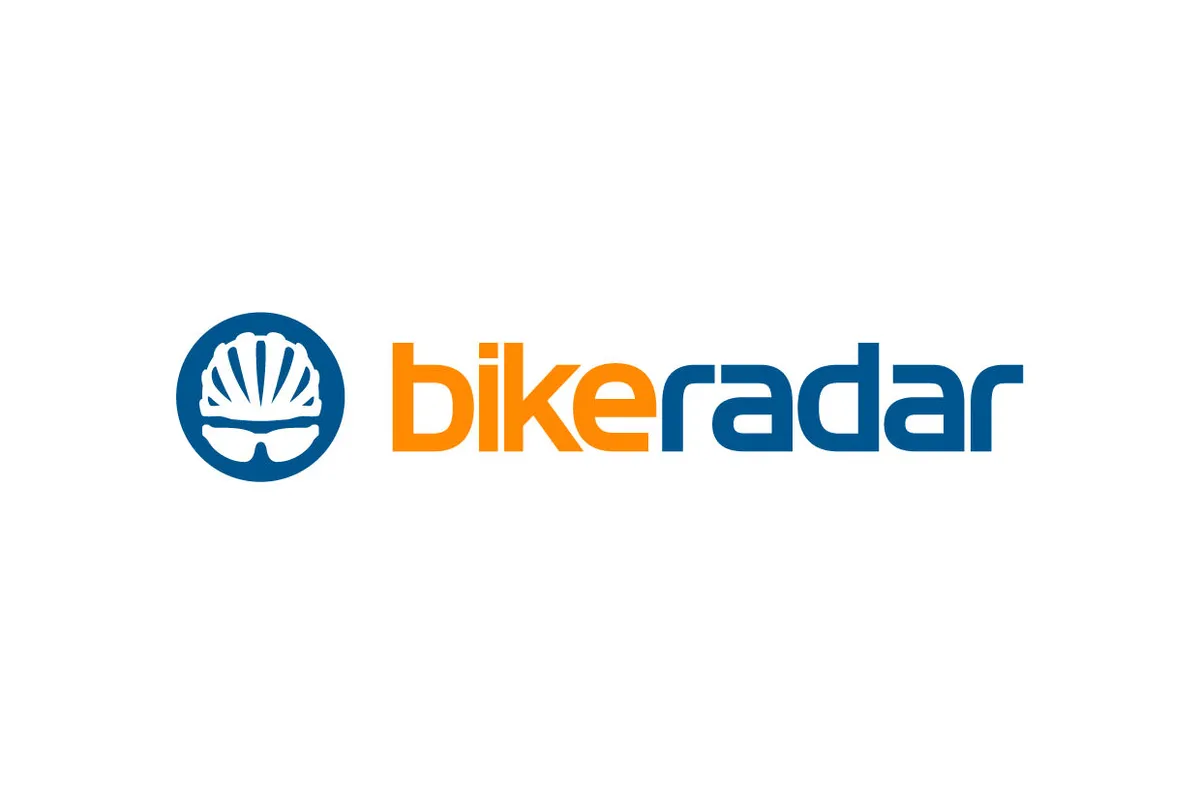
Moto Villa, handbuilt by Egger and his wife Sandy in Watsonville
Tell us about the annual timeline for your concept bikes that are shown at the trade shows. Where does the first glint of inspiration come from?
I've always done those projects on my own time at my home workshop, but the past few years my output has diminished somewhat because my wife and I have spent our spare time building our Italian villa on the top of Mt Madonna overlooking Monterey Bay. We call it Moto Villa - 50 acres and two moto-cross tracks. It's been a labour of love. Now we're building a barn for our bikes, motorcycles and other fun toys. Sandy works for Fox Racing and trains moto-cross racers and needs extra space. I'm also working on a re-bodied Shelby Cobra that was designed for LeMans. I started the car about four years ago. I love Ducati motorcycles and Vespas, which I ride to work now and then. We made all our doors, copper overhangs, furniture, everything. I also have a background in carpentry, so we made the dining room table. I love to make things with my hands. Our house footprint isn't really big, but it's comfortable. I love to have my hands busy doing stuff. I also don't have any problem sweeping the floor or washing windows.
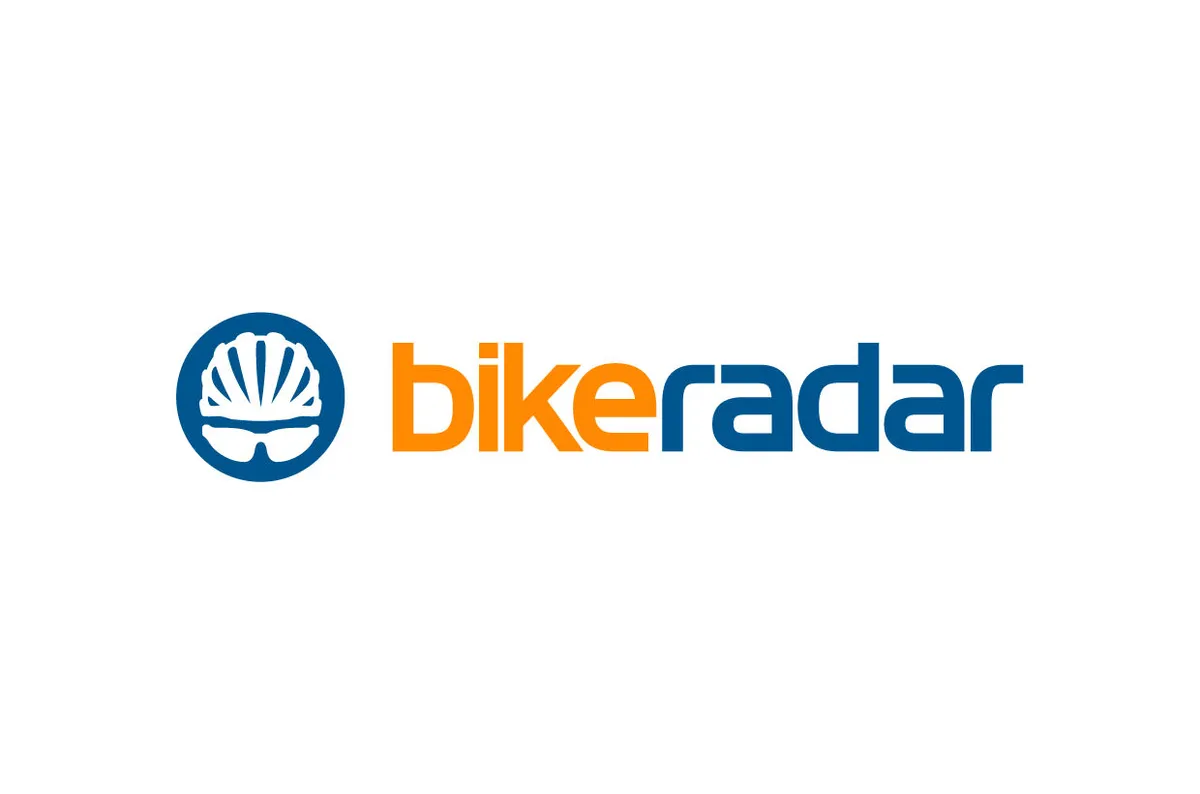
My true love is the concept stuff...
Industrial design is more than a fad in the bike industry. Where do you and your team get the inspiration for new products?
A lot of things in the car industry get us going. I took the design team to the Detroit Auto Show for inspiration. I also pay close attention to architecture when I travel. I don't call myself an artist; there's a part of me that doesn't want people telling me what to do, so concept projects have been my outlet. If I was a designer in the 1950s my cars would've had the biggest tail fins in the world! It's a challenge working for a large company, but it's very collaborative. Mike knows what he likes and knows what he wants, and does a good job articulating that to me. We've communicated well over the years. We're on the same wavelength 99 percent of the time. This has allowed me to thrive at Specialized. He's very astute as to what he thinks looks good; he's usually on the mark. He's sharp and brilliant. He's kinda easy to make fun of sometimes; he tries to dress hip. He's a little nerdy; we've helped him out a bit!
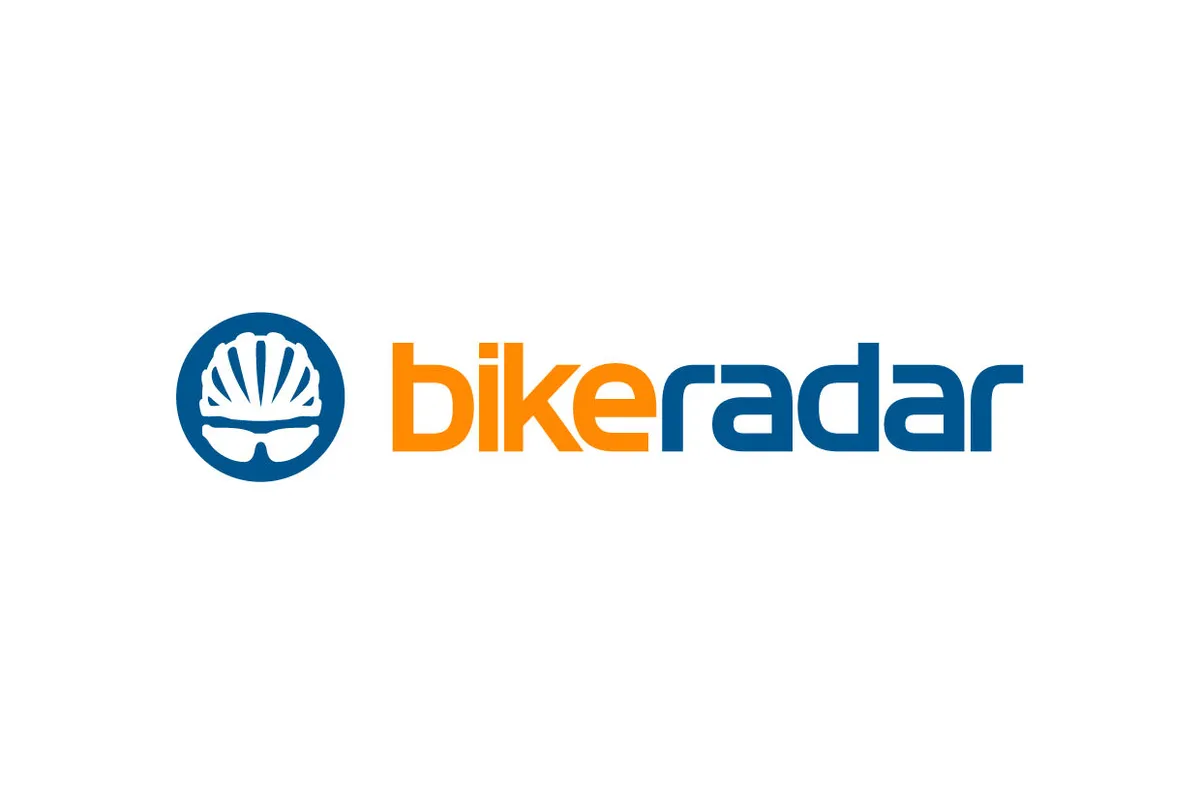
How come Specialized didn't continue its TriSpoke wheel relationship with DuPont?
I'm a little perplexed by that! Lance choose it as his favourite wheel! We worked in the early `90s with duPont and Chester Kyle. I was brought in to make it look good, but it was based solely on aerodynamics. I was talking to Chester Kyle recently about the rim section, which was too smooth. It should've been more puffy. We didn't have the tools back then. They were expensive and heavy. They didn't catch on, really. I think Steve Hed has the molds for those wheels. I had Steve's first disc wheel, that weighed around 10 pounds! It was so loud your whole bike sounded like a bell!
Tell us about the evolution of the Roval wheel line.
We're learning more about wheels every day. The Roval line is still in its infancy for Specialized. The mountain side is growing nicely. Mike asked some guys to spearhead the project, just like the time Mike asked me to spearhead the helmet project in the early `90s. I got the chance to fit Lance's head when he raced for Motorola with the Specialized Sub 6 helmet. I remember him having an odd-shaped head...
Our wheels may not be as sexy as I'd like them to be at the moment. Mavic does a good job with their wheels. It's tough for us to compete with them because they're so focused. Specialized is focused on several things: helmets, shoes, optics, frames...
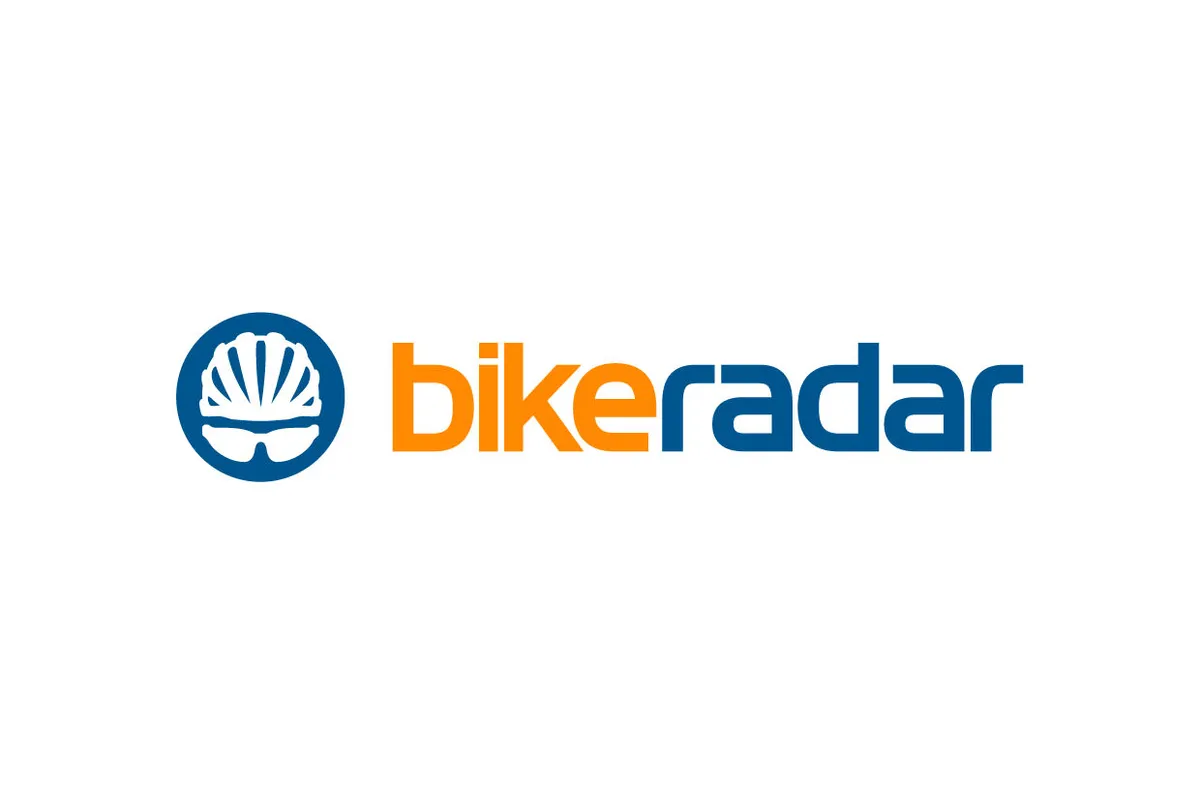
A friend of mine saw Cadel Evans wearing a Specialized helmet during the Tour and called me to say 'I didn't know you guys sponsored Cadel's team!' We sponsor a lot of riders with helmets; you own the helmets you get the coverage. It was also Mike's idea to put the Specialized 'S' on the palms of the gloves. Brilliant!
What's it like working with Team QuickStep? You must also be excited to be working with Team Saxo Bank in 2009.
We've learned that our goal is to appease the athletes, which was counter to our former beliefs. Now, if the athletes want something, we know we have to do it for them. QuickStep has really upped our game. They require and expect a lot; it's a learning process for us, but it's forced us to be better all around.
We see working with Saxo Bank as the carrot to really up our game, forcing us to jump up a level or two. We're ready to support a team like that 110 percent.
Finally, what do the next 21 years hold for you and Specialized?
I know one thing: I'll always love bicycles and I'll always work for Specialized. I'm very efficient when I know what I have to do, so it's easy getting it all done. I love the people I work with, and seeing how successful Specialized has been. I would love to see us design a bike for Third World countries. Every year we could donate 25,000 bikes to countries that need transportation. How great would it be to leave a legacy of making the world a better place with bicycles?
I feel we're removed from that, and I would like to see us more involved. Mike has a soft spot in his heart, but as a prolific businessman he's quite involved in creating the world's best race gear. We've made helmets more wearable, which I think has saved many lives. I think Mike will come around to a different way of thinking someday.
The cool thing about the bike industry is the sheer creativity of so many people. There are some very smart people in this industry. It's a very exciting time to be working with bikes, so I feel vindicated for sticking to my guns, despite what my instructors told me in college.
Paolo Bettini Tarmac SL2 commercial
Tom Boonen Roubaix commercial
Robert Egger - Google/Innovate Or Die contest
Innovate Or Die commercial
